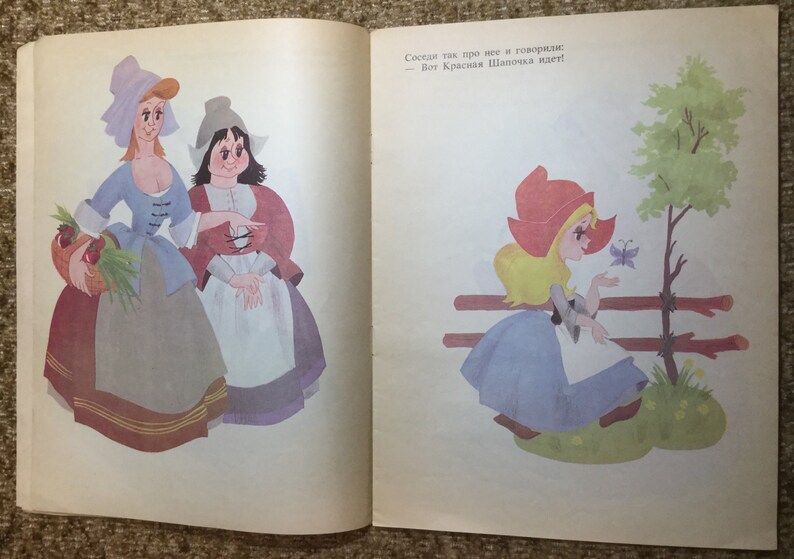

While offering a queer reading, this essay does not attempt to offer a template for queer reading of fairy tales rather, it suggests that situated and specialized cultural knowledges are integral to queer reading and are therefore not available to, or accepted by, all audience members at all times. Little Red Riding Hood and Other Stories by Charles Perrault: 9780679451037 : Books 'Puss in Boots,' 'Blue Beard,' 'Tom Thumb,' and other beloved fairy tale classics, as set down by the man who first rescued. The Wolf began to run as fast as he could, taking the nearest way, and the little girl went by that farthest about, diverting herself in gathering nuts, running after butterflies, and making nosegays of such little flowers as she met with. The suspension of “what everybody knows” about the tale and the wolf figure in particular, opens space for a repositioning of the wolf-man through the representation of the wolf but also via the relationships between the cinematic visual, verbal, and musical channels and extra-textual references to Vaslav Nijinsky and Quentin Crisp. Published in Little Red-Riding Hood by Walter Crane (1875), George Routledge and Sons. This invitation to queer reading demands the suspension of the culturally dominant versions and interpretations of the tale by Grimms and Perrault, while activating gay cultural knowledges of celebrity intertexts in their stead. I propose that queer reading is activated by the acceptance of the queer invitation initiated primarily by the wolf figure in the film. That is the case in these editions, although the moral Perrault appended to his tale. The concept of “queer invitation” is explored in this reading of David Kaplan’s short film Little Red Riding Hood (1997). Equally often, the tale retained the original, rather gruesome ending.


 0 kommentar(er)
0 kommentar(er)
